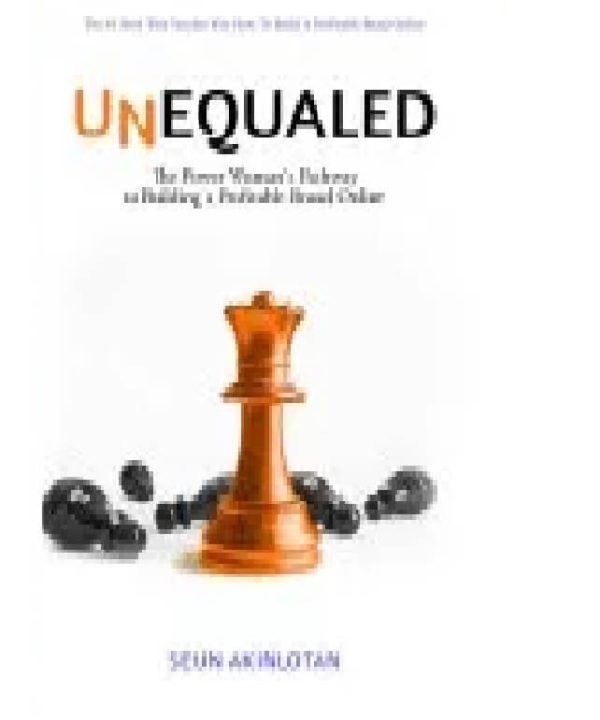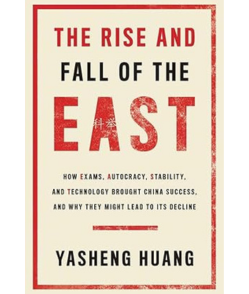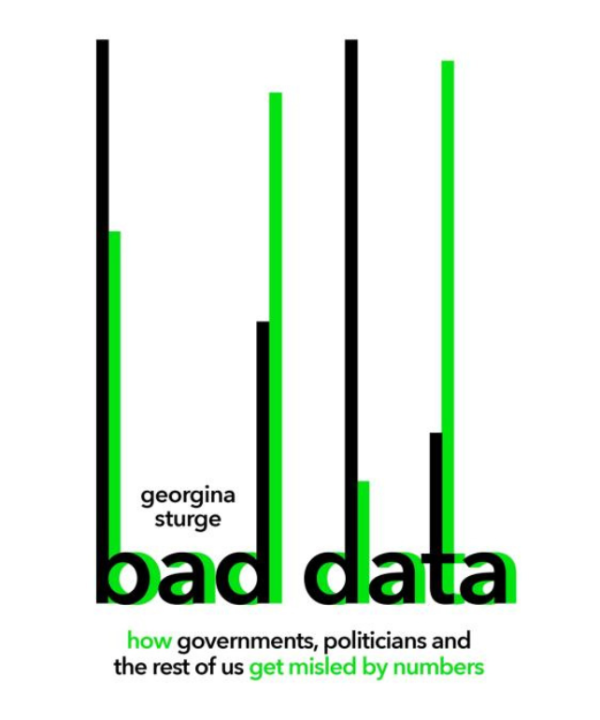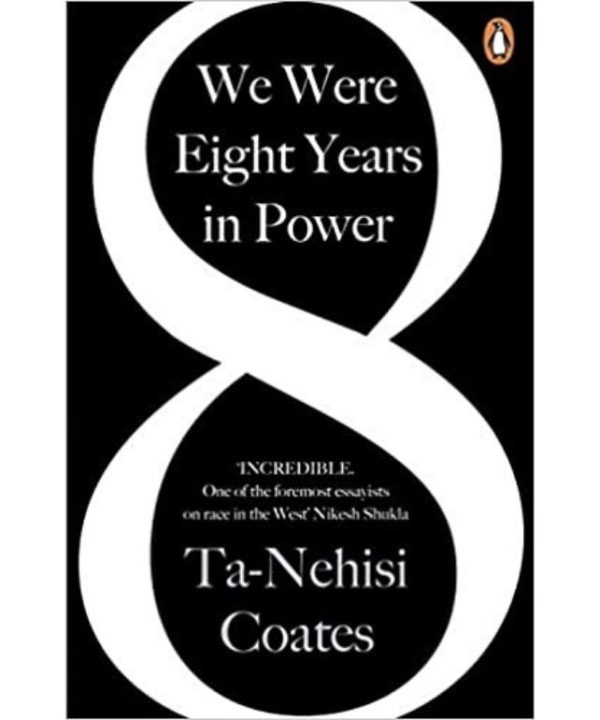-
×
 Outsider Inside
1 × ₦5,000.00
Outsider Inside
1 × ₦5,000.00 -
×
 Your Problem is That You're Multi-talented
1 × ₦5,000.00
Your Problem is That You're Multi-talented
1 × ₦5,000.00 -
×
 UNEQUALED: The Power Woman's Pathway to Building a Profitable Brand Online
1 × ₦3,000.00
UNEQUALED: The Power Woman's Pathway to Building a Profitable Brand Online
1 × ₦3,000.00 -
×
 National Transformation
1 × ₦5,000.00
National Transformation
1 × ₦5,000.00 -
×
 Talking to Terrorists: How to End Armed Conflicts
1 × ₦10,000.00
Talking to Terrorists: How to End Armed Conflicts
1 × ₦10,000.00
You may be interested in…
-
Add
 Getting Mentorship Right
Rated 5 out of 5₦5,000.00
Getting Mentorship Right
Rated 5 out of 5₦5,000.00 -
Add
 Purpose in Crisis
Rated 5 out of 5₦5,000.00
Purpose in Crisis
Rated 5 out of 5₦5,000.00











Reviews
There are no reviews yet.